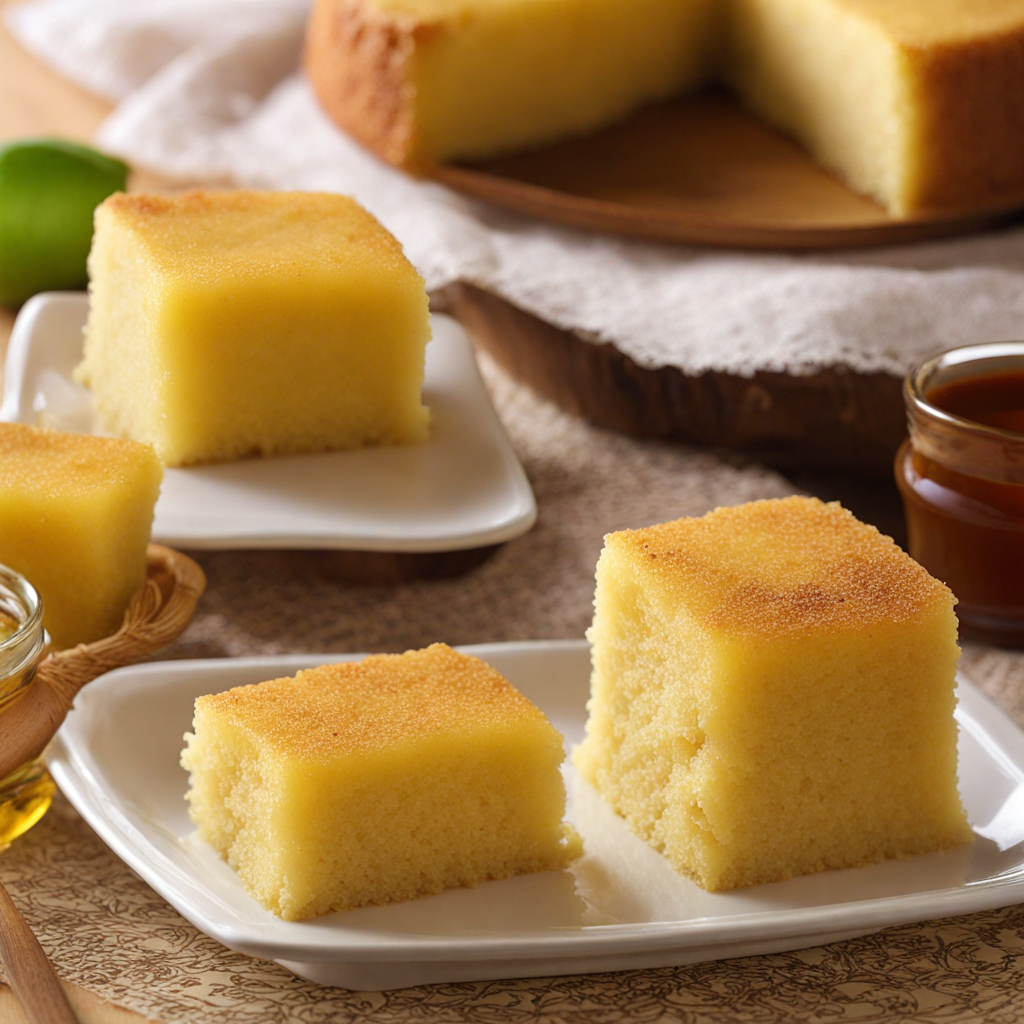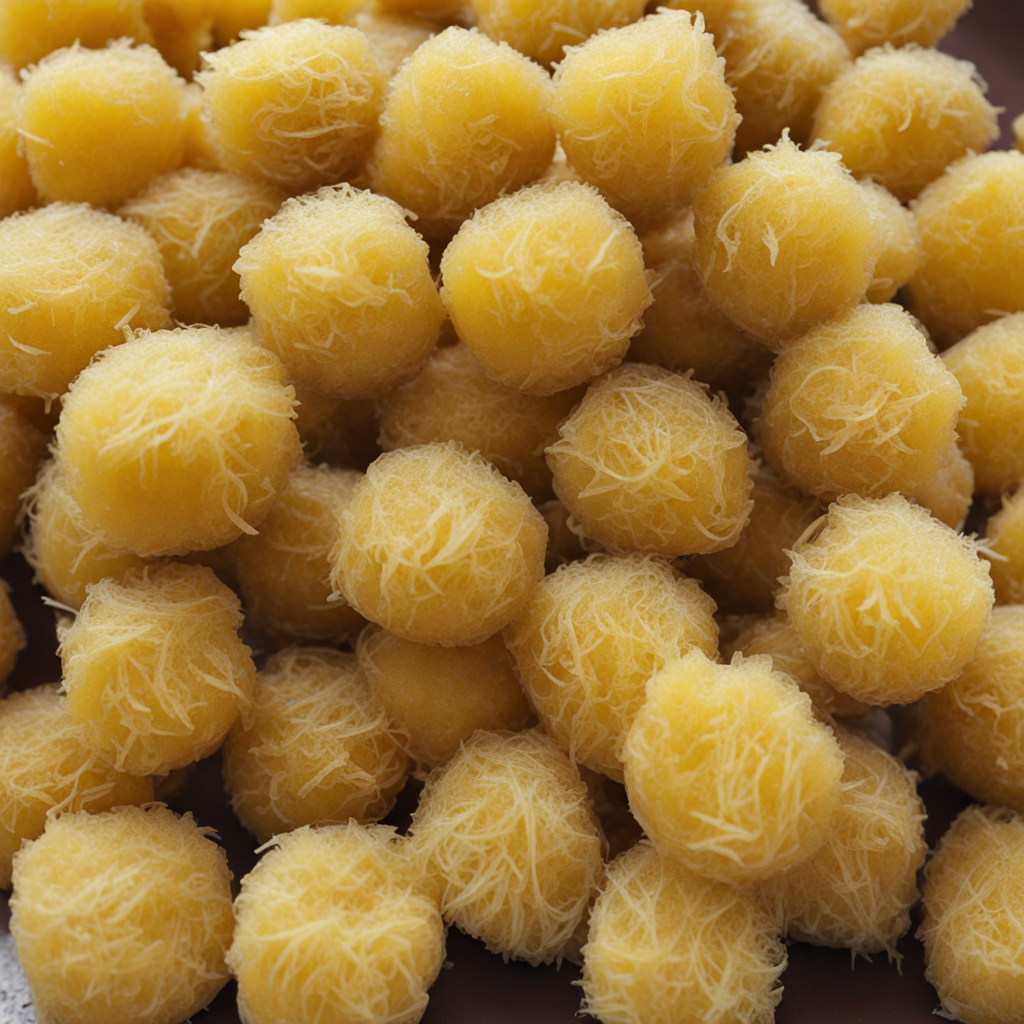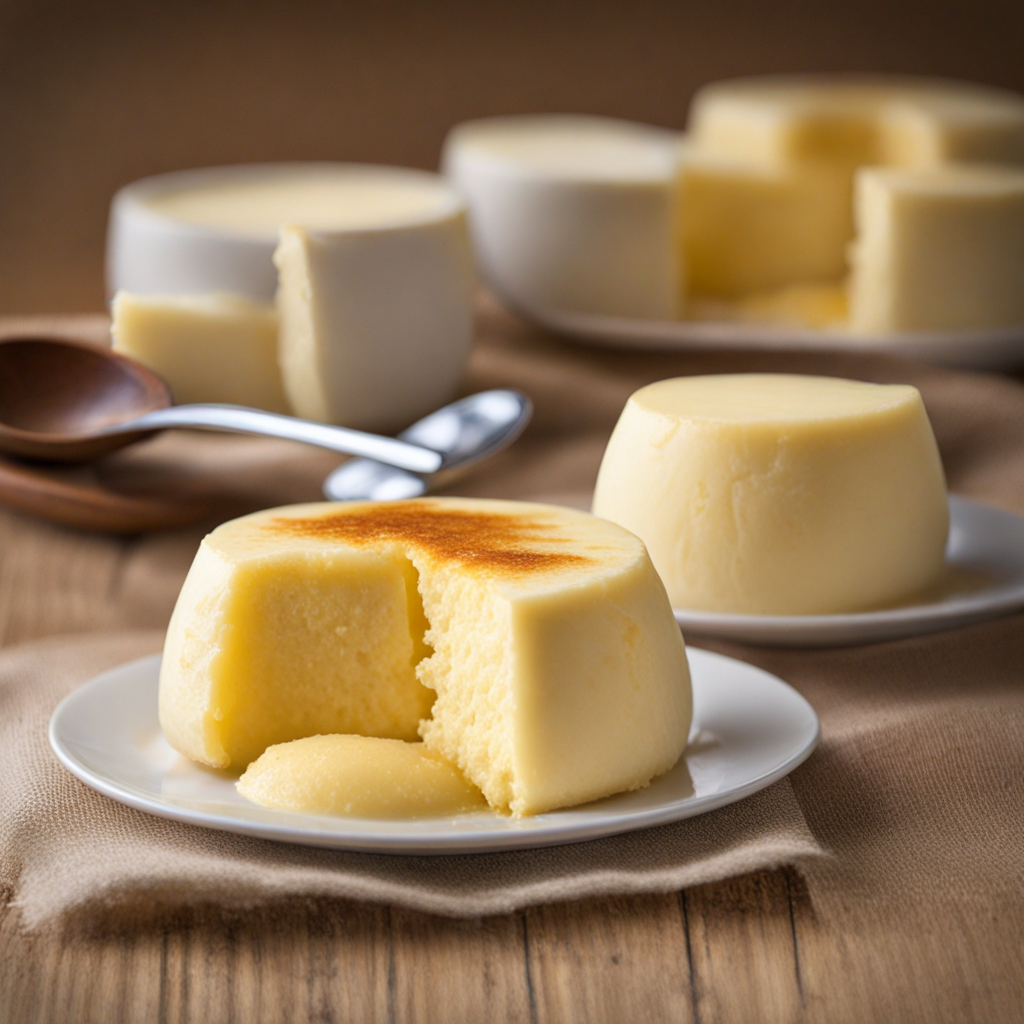Canja
Canja is a comforting and hearty chicken soup that embodies the essence of Cape Verdean cuisine. This traditional dish is made with tender pieces of chicken, simmered slowly until they are melt-in-your-mouth juicy. The broth is enriched with a medley of aromatic spices, including garlic, onion, and bay leaves, which infuse the soup with a depth of flavor. The addition of rice gives the dish a satisfying texture, creating a perfect harmony between the tender chicken and the creamy, starchy base. In Canja, the simplicity of the ingredients allows each element to shine through. Often, you will find vibrant vegetables such as carrots and potatoes, adding both color and nutrition to the soup. This dish is not just about flavor; it's about comfort and nourishment, making it a beloved staple in Cape Verde's culinary landscape. The broth is typically seasoned with a touch of lime or lemon, providing a zesty brightness that elevates the overall taste profile. Serving Canja is a warm, inviting experience, as it is often enjoyed in a communal setting, bringing families and friends together. It can be garnished with fresh herbs like cilantro or parsley, adding a burst of freshness to each bowl. Whether enjoyed on a chilly evening or as a remedy for a cold, Canja represents the heart and soul of Cape Verdean hospitality, showcasing the island's rich culinary heritage and the love that goes into each lovingly prepared pot.
How It Became This Dish
The History of Canja: A Culinary Treasure of Cape Verde Canja is more than just a dish in Cape Verde; it is a symbol of resilience, community, and cultural identity. This traditional chicken and rice soup, often enriched with a medley of local ingredients, encapsulates the essence of Cape Verdean cuisine and reflects the archipelago's rich history, social fabric, and the interplay of its diverse cultural influences. Origins of Canja The roots of canja can be traced back to the Portuguese colonial era, which began in the 15th century when the islands were uninhabited and discovered by Portuguese explorers. Cape Verde, strategically located on the trade routes between Europe, Africa, and the Americas, became a melting pot of cultures. The Portuguese brought with them various culinary traditions, including their love for soups and stews, which were often made with locally available ingredients. The word "canja" itself is derived from the Portuguese term for “broth” or “soup,” specifically referring to a rice soup that was often prepared for those who were ill or in need of comfort. This practice of making a nourishing soup for the sick is common in many cultures, and canja was no exception. The dish became a staple not only among the Portuguese settlers but also among the enslaved Africans who were brought to the islands. They adapted the dish using the local resources at their disposal, showcasing the ingenuity and resilience of the Cape Verdean people. Ingredients and Preparation Traditionally, canja is made with chicken, rice, and a variety of vegetables and spices, forming a comforting and hearty meal. The chicken is simmered to create a rich broth, and the rice is cooked directly in the soup, absorbing the flavors of the chicken and spices. Common additions include garlic, onions, tomatoes, and green peppers, with some variations incorporating herbs like parsley and cilantro for added freshness. The result is a dish that is not only nourishing but also deeply flavorful. Different islands have their own variations of canja, influenced by local agricultural practices and available ingredients. For instance, on Santiago, the largest island of the archipelago, canja may include more spices, while on smaller islands, it may emphasize simplicity and the pure flavor of chicken and rice. This adaptability highlights the dish’s ability to evolve while retaining its core identity. Cultural Significance Canja holds a special place in the hearts of Cape Verdeans; it is often associated with family gatherings, celebrations, and moments of comfort. The dish is frequently prepared for those recovering from illness, symbolizing care and support within the community. It is also served during festive occasions and communal gatherings, reinforcing social bonds and shared heritage. In Cape Verde, food is a central aspect of community life. Canja is often prepared in large quantities, encouraging communal sharing and fostering a sense of togetherness. This practice exemplifies the Cape Verdean ethos of hospitality, where sharing a meal is not merely about nourishment but about connection and community. Over the years, canja has also become a culinary ambassador for Cape Verdean culture. As Cape Verdeans have migrated around the world, they have carried their culinary traditions with them, introducing canja to new audiences and ensuring that their heritage remains alive. In diaspora communities, canja is often prepared during cultural festivals and gatherings, serving as a reminder of home and a way to connect with Cape Verdean roots. Development Over Time As Cape Verde has entered the global stage, the culinary scene has also evolved. Modern interpretations of canja have emerged, influenced by international culinary trends and the fusion of various cultures. Chefs and home cooks alike are experimenting with new ingredients, techniques, and presentation styles, all while honoring the traditional flavors that define canja. In recent years, there has been a growing movement within Cape Verde to preserve and promote traditional dishes, including canja. Efforts to document recipes, host culinary workshops, and celebrate local food have gained traction, as a new generation seeks to reconnect with their culinary heritage. This resurgence of interest in traditional Cape Verdean cuisine not only fosters a sense of pride but also promotes sustainable practices linked to local agriculture and food production. Global Recognition With the rise of global food culture, Cape Verdean cuisine has started to gain recognition beyond its borders. Food festivals, cooking classes, and culinary tourism have begun to showcase the unique flavors of the islands, with canja often at the forefront. Chefs and food enthusiasts are drawn to the simplicity and depth of flavor in canja, recognizing it as a dish that embodies the spirit of Cape Verde. In recent years, social media has played a pivotal role in this culinary renaissance. Cape Verdeans and food lovers around the world have taken to platforms to share their interpretations of canja, creating a vibrant online community that celebrates the dish and its cultural significance. These digital spaces serve as a platform for dialogue and exchange, allowing for the evolution of canja while ensuring that its traditional roots remain intact. Conclusion Canja is more than just a dish; it is a testament to the history, resilience, and cultural richness of Cape Verde. From its origins during the colonial era to its place in contemporary Cape Verdean society, canja embodies the spirit of a people who have overcome adversity while celebrating their heritage. As Cape Verde continues to navigate the complexities of globalization, canja remains a culinary touchstone that connects generations, transcending borders and uniting individuals around the shared experience of food. Whether enjoyed in a family home in Cape Verde or a restaurant in a diaspora community, canja serves as a reminder of the importance of tradition, community, and the enduring power of a shared meal.
You may like
Discover local flavors from Cape Verde







